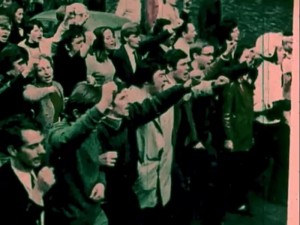
Produced by Pyramid Films, the film was originally shown on the Smothers brothers comedy hour television program and is a kinestasis film using kaleidoscopic views of still pictures to summarize the year 1968 (Archive.org).
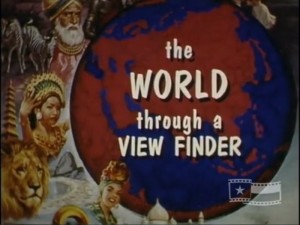
"This amateur film captures Edwin and Minnie Mayer’s worldwide adventure across Australia, Asia, Africa, and Europe in the 1950s. This segment documents stops in Australia, Japan, Hong Kong, the Philippines, and Malaysia" Texas Archive of the Moving Image.
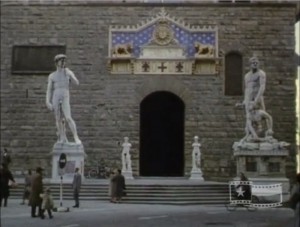
"This amateur film captures Edwin and Minnie Mayer’s worldwide adventure across Australia, Asia, Africa, and Europe in the 1950s. This segment documents stops in Thailand, India, Egypt, Greece, Vatican City, Italy, the Netherlands, and England" Texas Archive of the Moving Image.
"The World's People, production of Edmund Zacher, II, ACL, and Herbert Johnson, ACL, with musical accompaniment and incidental sound effects by the record and double turntable method and with a narrative presented by Mr. Johnson through the sound system, offers a combination of visual and aural entertainment that is marked by a finish and perfection in cinematography and an interest and liveliness in accompaniment. The film describes a visit to the Century of Progress exposition in Chicago, featuring as its theme the many races and nations of the world represented there. The cinematography of Messrs. Zacher and Johnson is effortless and of uniformly high standard, is playing with intelligent restraint the effects used by professional cameramen. The combination of long shots, medium views and closeups leaves no beholder unsatisfied in any scene presented. There is a decidedly human character in the whole footage and the people are never overshadowed by architecture or machinery. In one place, two somewhat indignant ladies are seen in vigorous and disapproving conversation, for example, yet they are entirely unconscious actors. In continuity planning and execution, in cinematographic perfection and in a satisfying and informing use of excellent narrative, music and sound effects, The World's People sets a high standard in starting out to do a thing and doing it with sureness and real success." Movie Makers, Dec. 1934, 546.
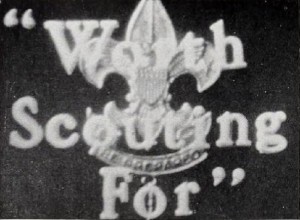
"With the vitality of youth, the wonder of the woods and adolescent hunger for adventure, you have the ingredients for an excellent movie. Al Morton accepted the challenge offered by them, and turned out an interesting and competent film. Worth Scouting For has the indefinable quality that comes from fine filming, innate good taste and an understanding of boys' ways in the woods. Taking two independent youngsters and a large Boy Scout troop, Mr. Morton skillfully weaves a good story, based on the scorn of the two boys for the "sissy stuff" of Scouting. Both the troop and the boys go camping in the same area. The untrained campers make the mistakes avoided by the Scouts. They eat cold food because of their inability to build a fire; they become ill from smoking cigarettes which they have stolen; one almost drowns and is rescued by a Scout. They learn their lesson and decide that to "know how" is intelligent, not "sissy." A fine ability to film and direct youngsters with success makes Worth Scouting For an excellent picture which will be a delight to the actors in years to come. That, in itself, is a high accomplishment." Movie Makers, Dec. 1945, 495.
"documentary on the hunting of swordfish shot in the waters of Scilla."
"documentario sulla caccia al pesce-spada girato nelle acque di Scilla"
—"I Littoriali del cinema: Un’altra interessante serie di documentari,” La Stampa, September 3, 1939
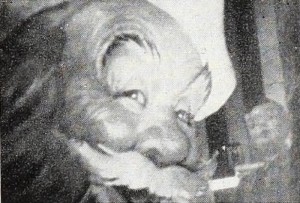
"Most Christmas films seem to be concerned with only one aspect of this December holiday — the gaiety of family life around the tree, opening presents and a festive dinner. Grace Lindner has recorded the material side of the season in the early footage of her film, Xmas Time, as she shows gleaming shop windows, hurrying shoppers, decorated doorways and members of her family around the hearthside. But in a smooth transition from a creche under the tree to the children saying their prayers, she ends her film with a series of architectural studies of the spires and bell towers of churches, filmed through bleak branches against a winter sky. This moving climax, accompanied by a choir recording of The Lord's Prayer, admirably fulfills her aim to portray the triumph of the spirit of Christmas over the baser observances." Movie Makers, Dec. 1951, 412.
Total Pages: 299